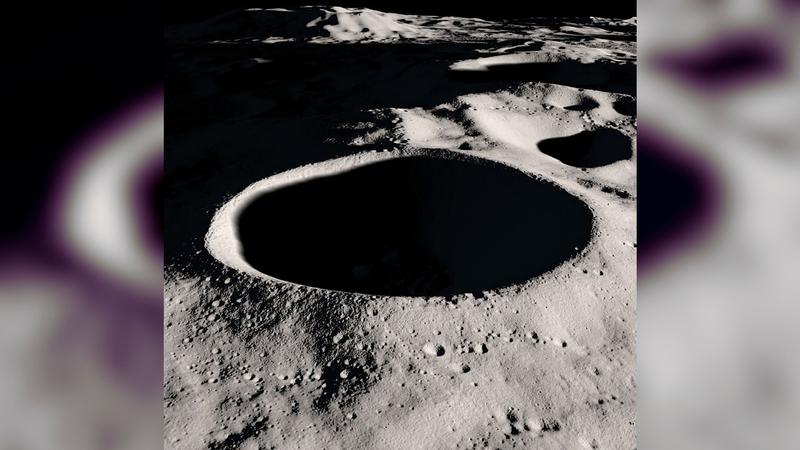Published 09:24 IST, May 2nd 2024
ISRO Study Reveals Evidence of Water Ice in Polar Craters of Moon
A research study by scientists from ISRO's SAC has revealed the enhanced possibility of water ice occurrence in the polar craters of the Moon.

ISRO study points to evidence of water ice in polar craters of Moon | Image:
NASA/Representative
- Listen to this article
- 2 min read
Advertisement
08:55 IST, May 2nd 2024



